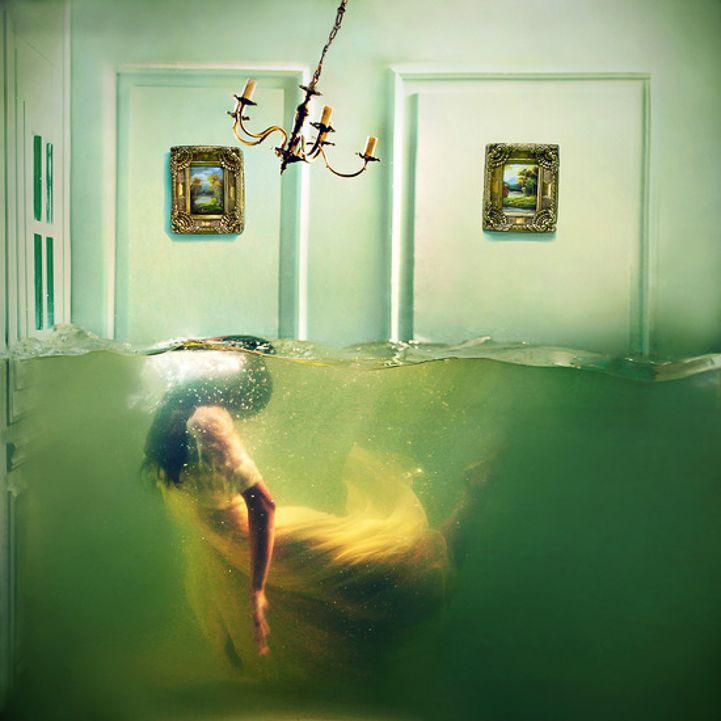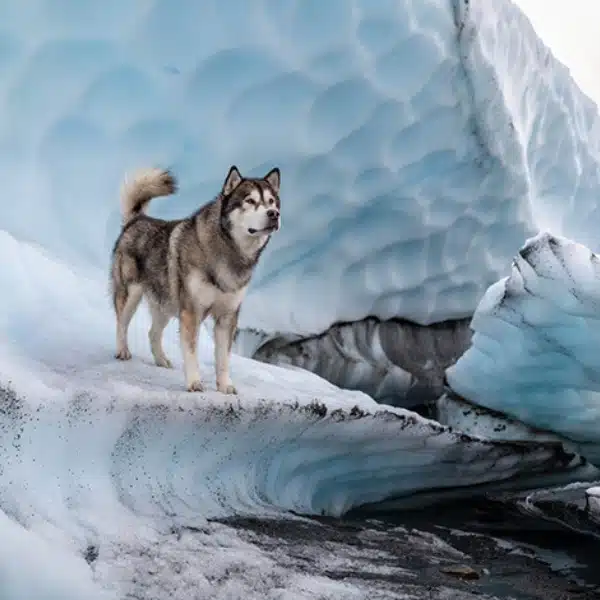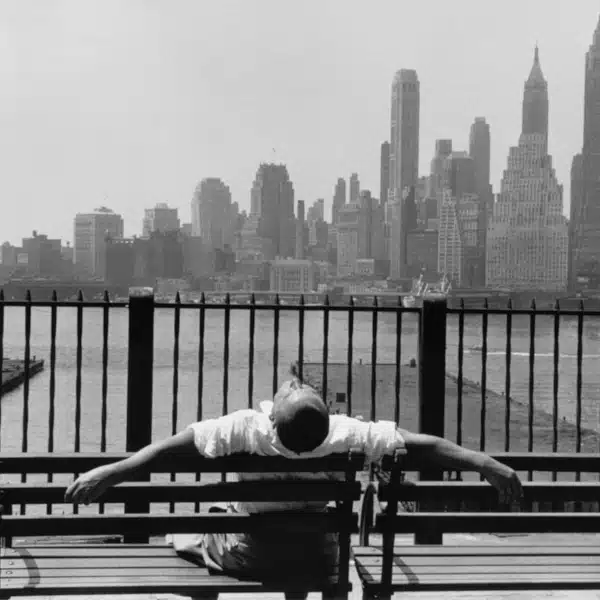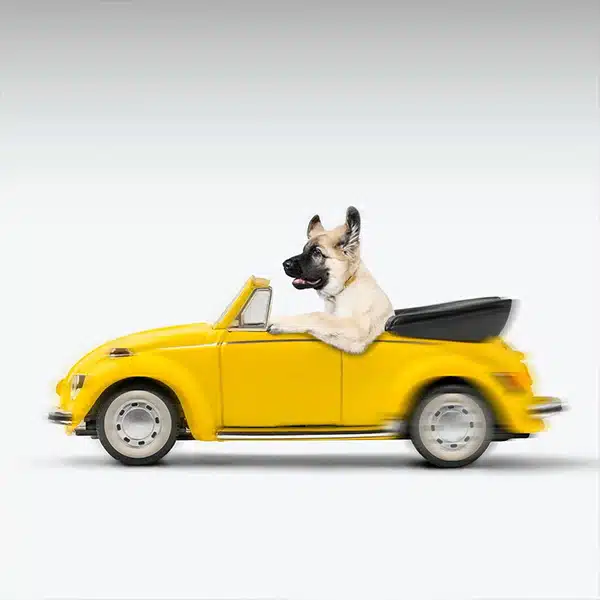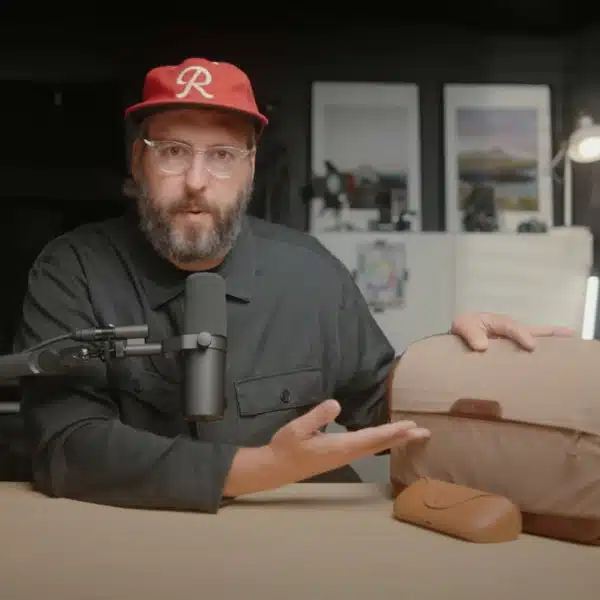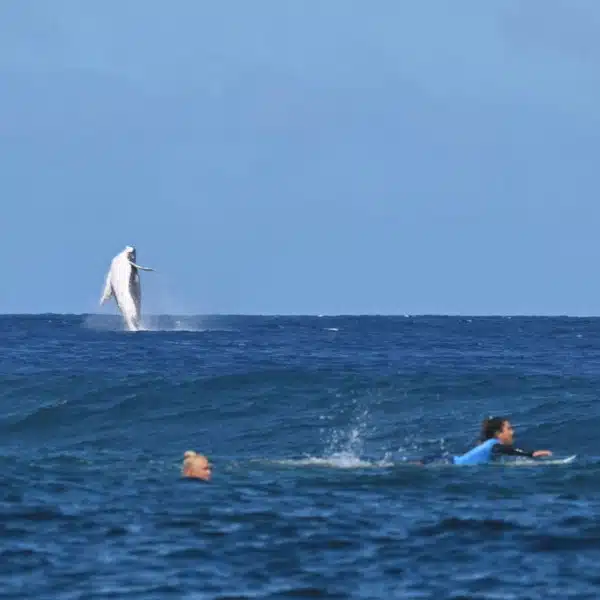Even as a child, Lara Zankoul was interested in photography, finding inspiration in the photos she came across in fashion magazines. Despite her fascination, she opted to study economics for a more secure career. At 21 years old, Zankoul couldn't deny creative yearning and made a life-changing career change by purchasing a DSLR to teach herself the art of photography. Once she started taking photos, she was hooked, shifting her focus and passion to visual storytelling.
Zankoul's work embodies the qualities of a waking dream, with mysterious and surreal elements that complement the moody atmospheres she creates. Often taking months to prepare, Lara's dedication to her vision shines through in her desire to get as much as she can in camera–she ambitiously chooses to build elaborate scenes for her concepts rather than relying solely on post editing tools.
Lara was kind enough to take the time to give a behind the lens look into her photographic process.



How did you go about teaching yourself the art of photography?
I took an introductory course in photography as a free elective during college, and I would spend most of my free time reading and watching online tutorials. I also learned through trial and error via experimenting over the years. I keep learning something about light and photography every day, it's an endless lesson!
What are some of your interests?
Other than photography of course, I'm interested in fashion, cinematography, and travel.



What keeps you inspired to create your conceptual masterpieces?
I find inspiration from things as simple as everyday human behavior to as complex as personal experiences that have deeply affected me. It's important for me to not wait around for inspiration to hit, but rather to always make an effort to take in my environment, to always look around, because as Pablo Picasso said, “inspiration exists, but it has to find you working.”
In your series “The Unseen” sets were built to contain the water in the scene, how much planning goes into this kind of shoot?
Planning generally depends on the availability and practicality of execution mostly (availability of location/prop/etc). The Unseen took around two to three months of planning. I had to have the tank built and take care of all aspects of production myself.



Your photographs have a way of telling a story, what qualities do you believe make an incredible portrait?
An image should be three things: smart, aesthetic, and moody. Smart to make the viewer reflect, analyze or feel, aesthetic to show the beauty in anything (even sadness and negativity), and mood to set a dream-like tone.
How do you choose your models?
I generally choose people who have a lot of athletic ability, because most of my photography involves a lot of intense poses that a model needs to be able to hold for a long period of time. Some are people I have previously met, some are friends, and other times (such as with my latest series), I have recruited models by interviewing them and then asking them to create their own poses for specific scenarios or emotions I throw at them.
An important aspect of my models choice is WILLINGNESS. I like to chose models who share the same passion as me and are ready to spend time and effort to make my visions come true, while they are really enjoying it.


How would you define your style?
My style is surreal/conceptual photography.
What message do you want your photographs to convey?
It depends on what photo it is. Sometimes they'll all fall under a series–the series itself with have a theme, and each photo represents that theme. Sometimes I'll shoot single images and there will be meaning behind it that each viewer can interpret for him/herself. Overall, as you mentioned above, my images tell a story, and the message would be to think, analyze, and see what each photo means to each individual.
What challenges have you faced while creating?
In my most recent shoot, it was a challenge orchestrating all the models, as it was the first time I'd used so many in each of the photos. As for previous shoots, I'd say a challenge was to find techniques of execution, since my concepts are mostly surreal and I like to execute them in pre-production.


What's a must have in your gear bag?
My camera!
How much post processing goes into a completed photo?
Usually, I like to limit post-processing to color correction only. Like I previously mentioned, my approach is to create my sets during the photo shoot because I personally find it more self fulfilling. However, at times, I do resort to some photo-manipulation when executing the idea is rather impossible. In these instances I'd prefer to create an image in post rather than not create it at all due to the lack of practicality.

What are your plans for the future? Do you have any upcoming projects?
Yes! In a few weeks I'm having a workshop in Hamburg, Germany, and I'm really looking forward to it. Long-term goals include becoming an established fine arts photographer and showcasing my images in international galleries.
Do you have any advice for aspiring photographers?
Don't be afraid to go out of your comfort zone. In fact, even if you are afraid, push yourself to do it, because it's only by exposing yourself to unknown aspects that you will be able to grow as a photographer. Embrace your own style and ideas, don't be scared to hear critique, and always be true to yourself!
Thank you so much Lara! If you would like to stay up to date with this talented photographer's work please visit her website and Facebook Page.
Are you a photographer? Would you like to be interviewed for our Behind The Lens series? Leave your website in the comments below!
